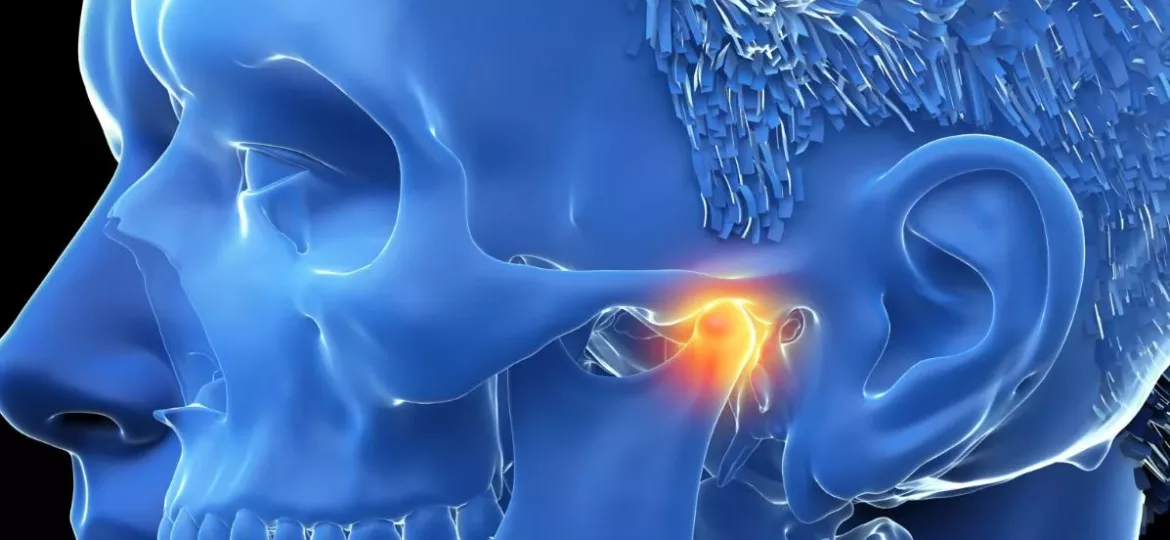
The temporomandibular joint (TMJ) is an intricate mechanism that enables us to speak, chew, and yawn effortlessly. However, behind this seemingly simple function lies a complex history deeply intertwined with human evolution and medical advancements. In this blog, we embark on a journey through time to unravel the enigmatic history of TMJ, shedding light on its evolution and the emergence of modern treatments pioneered by specialists like Dr. Nojan Bakhtiari.
Ancient Roots
The origins of TMJ-related issues trace back to ancient civilizations where skeletal remains have provided evidence of jaw abnormalities and dental wear. Ancient medical texts from civilizations like Egypt and Greece document remedies for jaw pain, indicating that TMJ-related ailments have plagued humanity for millennia.
Renaissance Insights
During the Renaissance period, anatomists such as Leonardo da Vinci delved deeper into the intricacies of the human body, including the temporomandibular joint. Their meticulous anatomical drawings provided valuable insights into TMJ structure and function, laying the foundation for future medical understanding.
Modern Evolution
The 20th century witnessed significant advancements in dentistry and medicine, leading to a more comprehensive understanding of TMJ disorders. The advent of radiography allowed for better visualization of the joint, aiding in diagnosis and treatment planning. Moreover, the recognition of TMJ disorders as a distinct medical condition spurred research and innovation in the field.
Pioneering Treatments
Dr. Nojan Bakhtiari, a renowned TMJ specialist, stands at the forefront of modern treatment approaches. His dedication to improving patients’ quality of life through innovative solutions has earned him international recognition. Dr. Bakhtiari employs a multidisciplinary approach, combining traditional therapies with cutting-edge techniques to alleviate TMJ pain and restore optimal jaw function.
Understanding TMJ Disorders
TMJ disorders encompass a range of conditions affecting the temporomandibular joint and surrounding structures. Common symptoms include jaw pain, clicking or popping sounds, limited jaw movement, and headaches. These issues can arise from various factors, including trauma, stress, dental misalignment, or inflammatory conditions.
Innovations in TMJ Treatment
Recent years have witnessed remarkable advancements in TMJ treatment, thanks to pioneering techniques like arthrocentesis, arthroscopy, and regenerative therapies. These minimally invasive procedures offer patients faster recovery times and improved outcomes, revolutionizing the landscape of TMJ care.
Patient-Centered Care
At the heart of Dr. Bakhtiari’s practice is a commitment to patient-centered care. He takes the time to listen to his patients’ concerns, thoroughly explain treatment options, and empower them to make informed decisions about their health. This compassionate approach fosters trust and confidence, crucial elements in achieving successful treatment outcomes.
The Future of TMJ Care
As our understanding of TMJ disorders continues to evolve, so too will the landscape of treatment options. From advancements in regenerative medicine to the integration of digital technologies, the future holds promising prospects for patients suffering from TMJ-related issues. Through continued research and collaboration, specialists like Dr. Bakhtiari are poised to shape the future of TMJ care.
Conclusion
The history of TMJ is a testament to the resilience of human ingenuity in the face of adversity. From ancient remedies to modern innovations, the journey of understanding and treating TMJ disorders has been marked by perseverance and progress. Today, individuals suffering from TMJ pain can find solace in the expertise of specialists like Dr. Nojan Bakhtiari, who continue to push the boundaries of medical science in pursuit of improved patient outcomes.
To learn more about TMJ treatment by Dr. Nojan Bakhtiari & schedule your consultation today!

